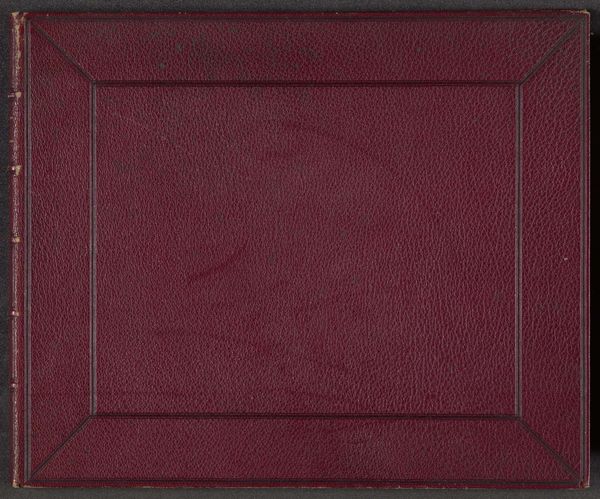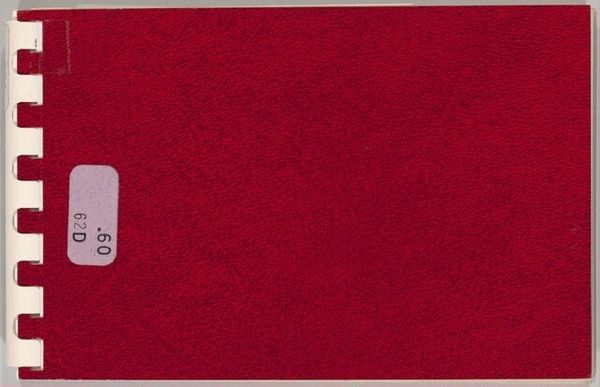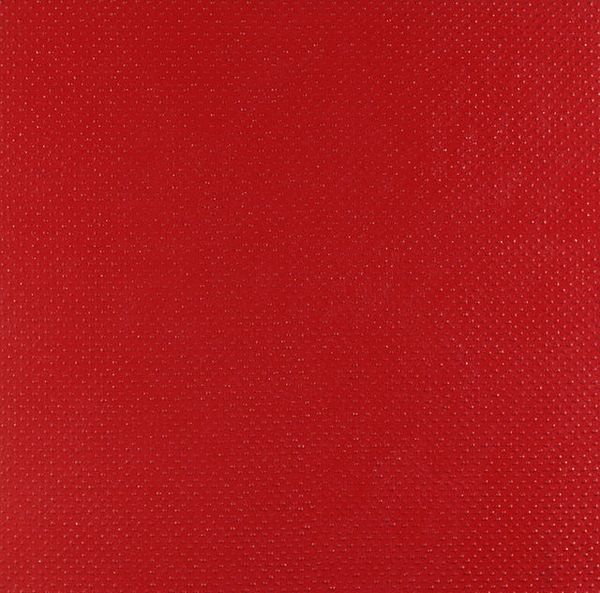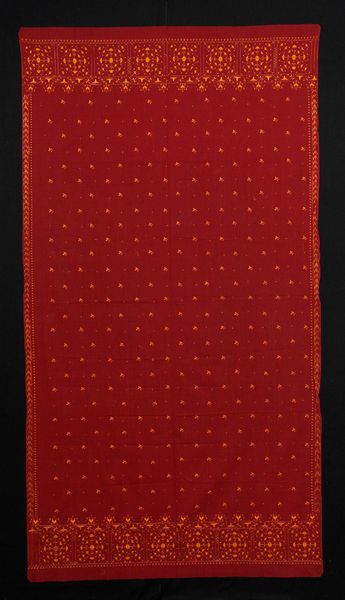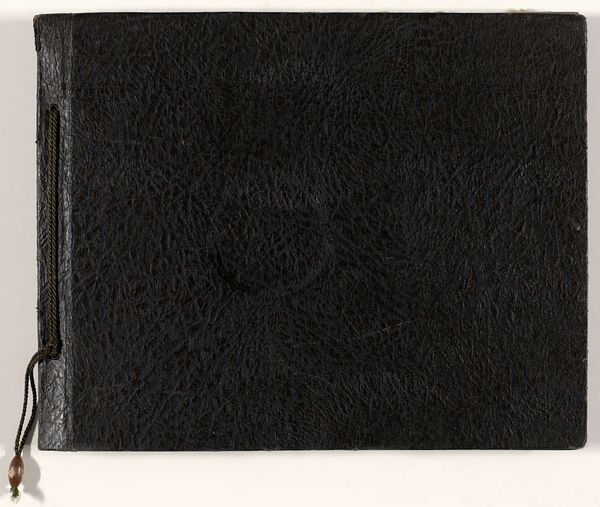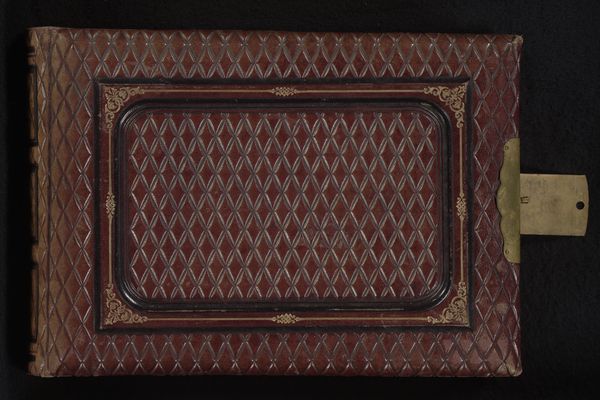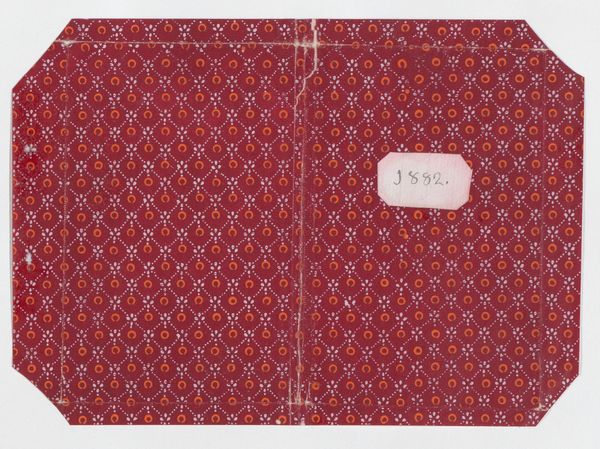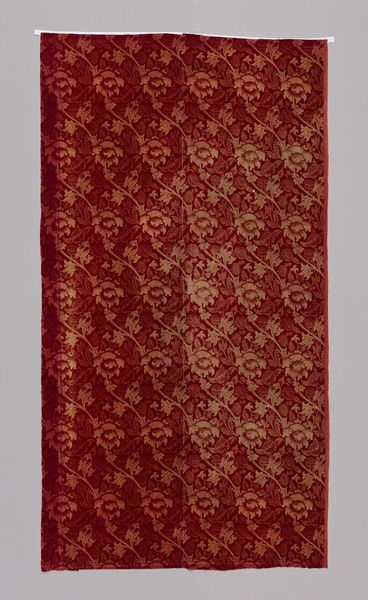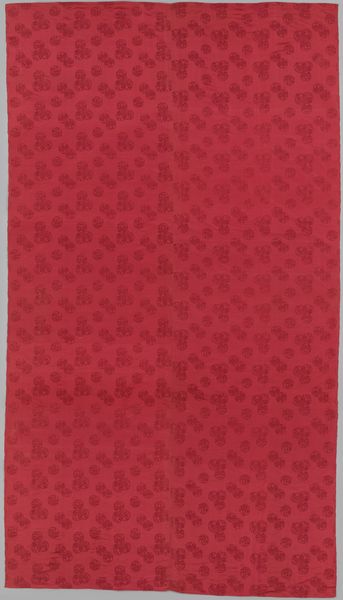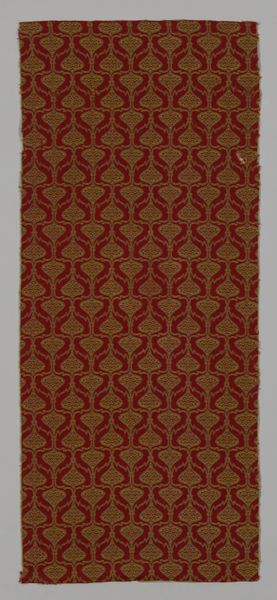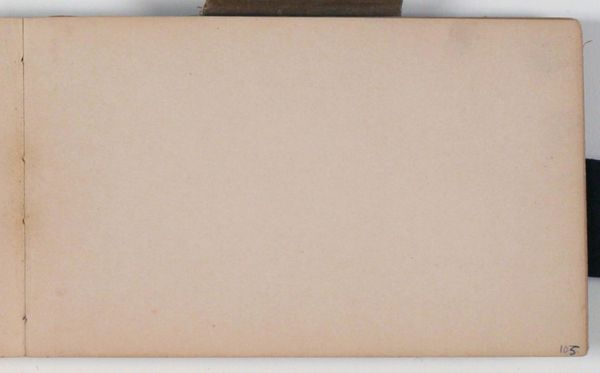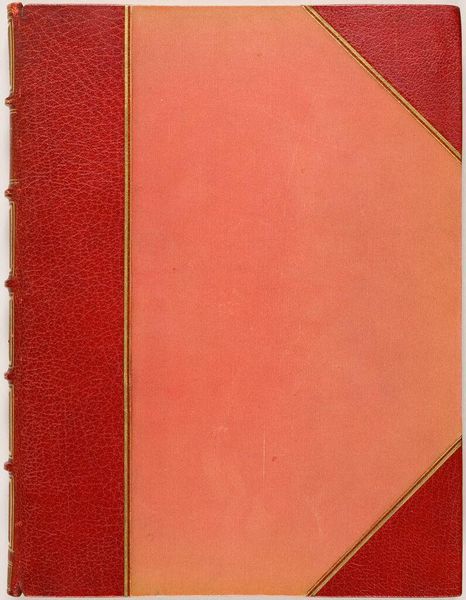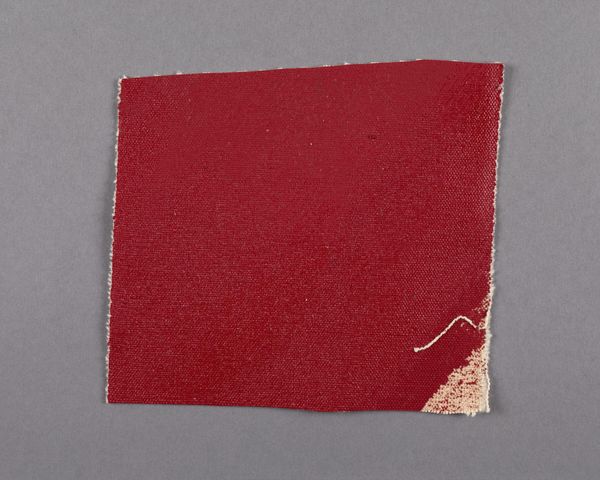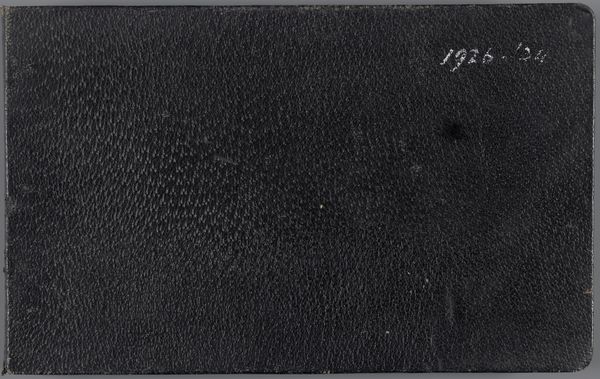
mixed-media, textile
#
mixed-media
#
textile
#
organic texture
Dimensions: height 144 mm, width 197 mm, thickness 12 mm, width 395 mm
Copyright: Rijks Museum: Open Domain
Curator: This tactile mixed media artwork from 1641, created by Crispijn van de (II) Passe, is called “The Mistake off Matrimonij.” Currently, it resides here at the Rijksmuseum. Editor: My immediate reaction is drawn to the redness, a deep crimson. It feels like a metaphor for blood, hidden secrets, or even passion... all bubbling just under the surface. It makes me feel… a bit uneasy, actually. Curator: Indeed. Considering the artwork’s title and date, it likely serves as a critique on the societal structures surrounding marriage. Let's look closer; the organic texture of the leather acts as a sort of visual shorthand. What symbolic associations does it provoke for you? Editor: The deep, textured redness feels raw, almost like exposed skin. Red has historically been used to signal not only love, and joy, but shame, war, danger! This artwork hints at the societal pressure cooker of 17th-century matrimony; for those women constrained within social expectations or abusive structures, marriage was its own battlefield. Curator: Precisely, the organic nature hints to natural, bodily expectations from which women had a complex escape at that historical juncture. And “mistake," of course, points to an individual’s experience, yet one defined by public expectation. How does this texture work with our memory of what marriage means, today? Editor: Marriage carries tremendous weight, symbolically and emotionally. I notice how it calls to mind a well-bound book. The stitching makes me wonder: What happens when this binding breaks down, or if this intimate relationship shows itself to be a mistake? The color makes me recall blood oaths and hidden wounds. This isn’t just some innocent wedding album; it's a testament to complicated human emotions. Curator: It offers a reminder of what can lie beneath, unseen—how systemic expectations and violence might manifest within intimate partnerships across generations, really. What initially reads as simply an historical, aesthetically crafted object holds immense intersectional power. Editor: Absolutely. There's a rawness to it that strips away any sense of romance, forcing us to confront the darker realities behind idealized images of marriage. Looking closer has certainly changed my initial response. Curator: For me too. Understanding those social constraints reveals unexpected nuances.
Comments
rijksmuseum about 2 years ago
⋮
The album contains 50 portraits of adulteresses listed with their initials. The women came from the Netherlands, England, and the Mediterranean region. Van de Passe’s message is clear: adultery is for the wicked and most strictly discouraged. One wonders, however, whether his readers paid any heed to this warning.
Join the conversation
Join millions of artists and users on Artera today and experience the ultimate creative platform.
